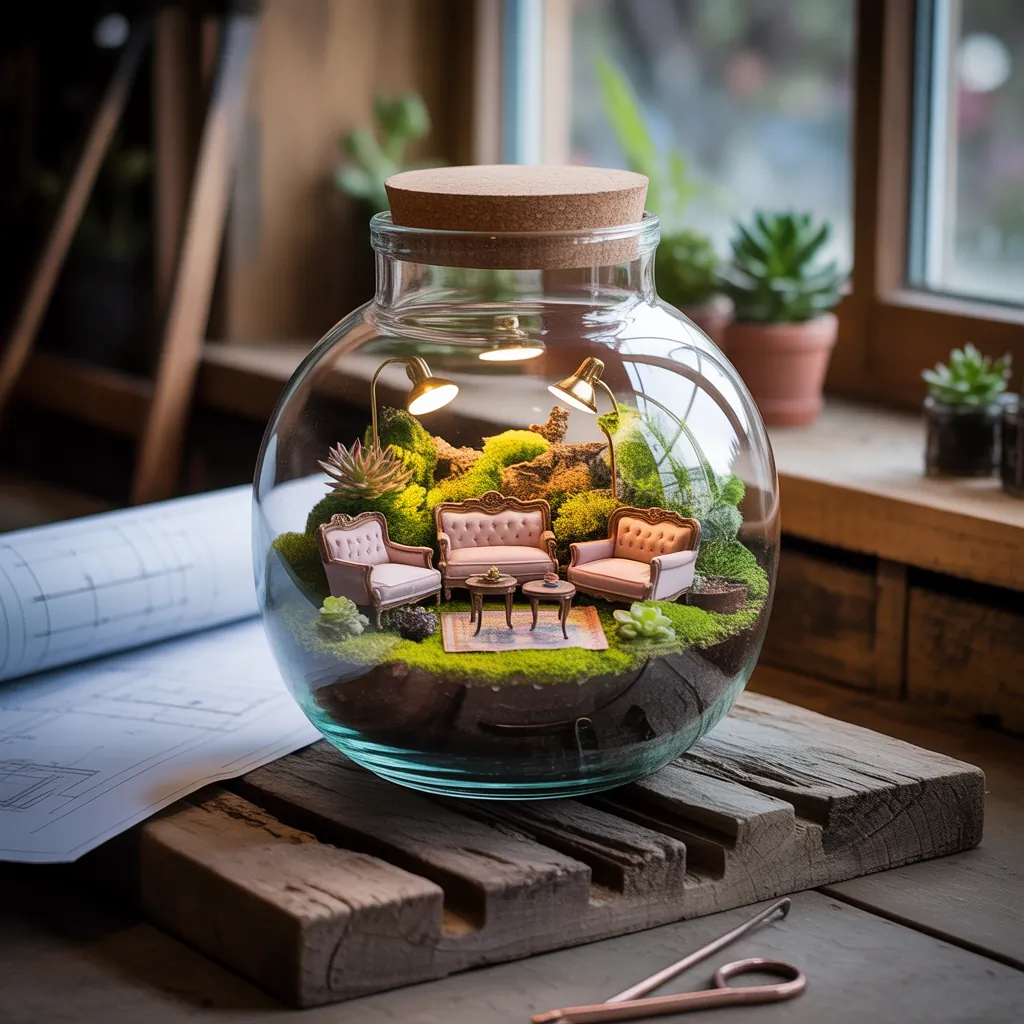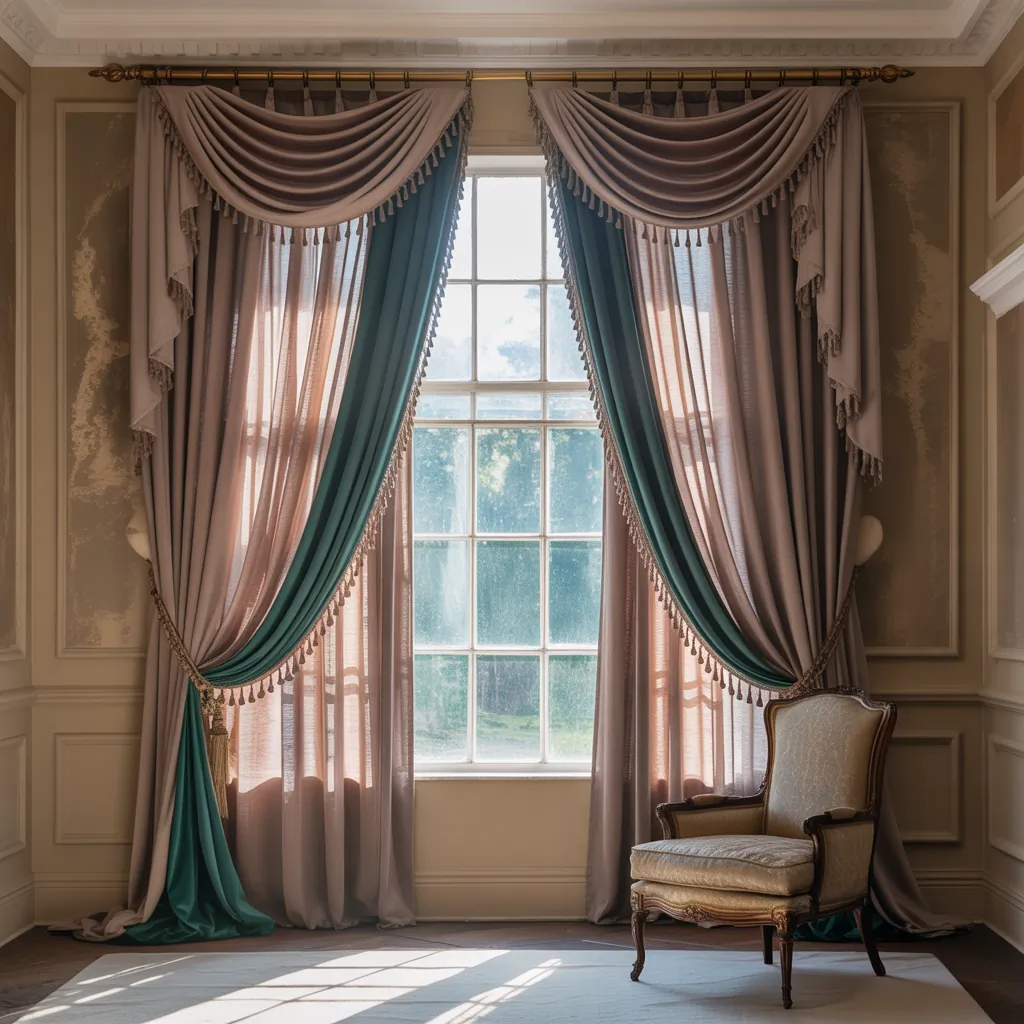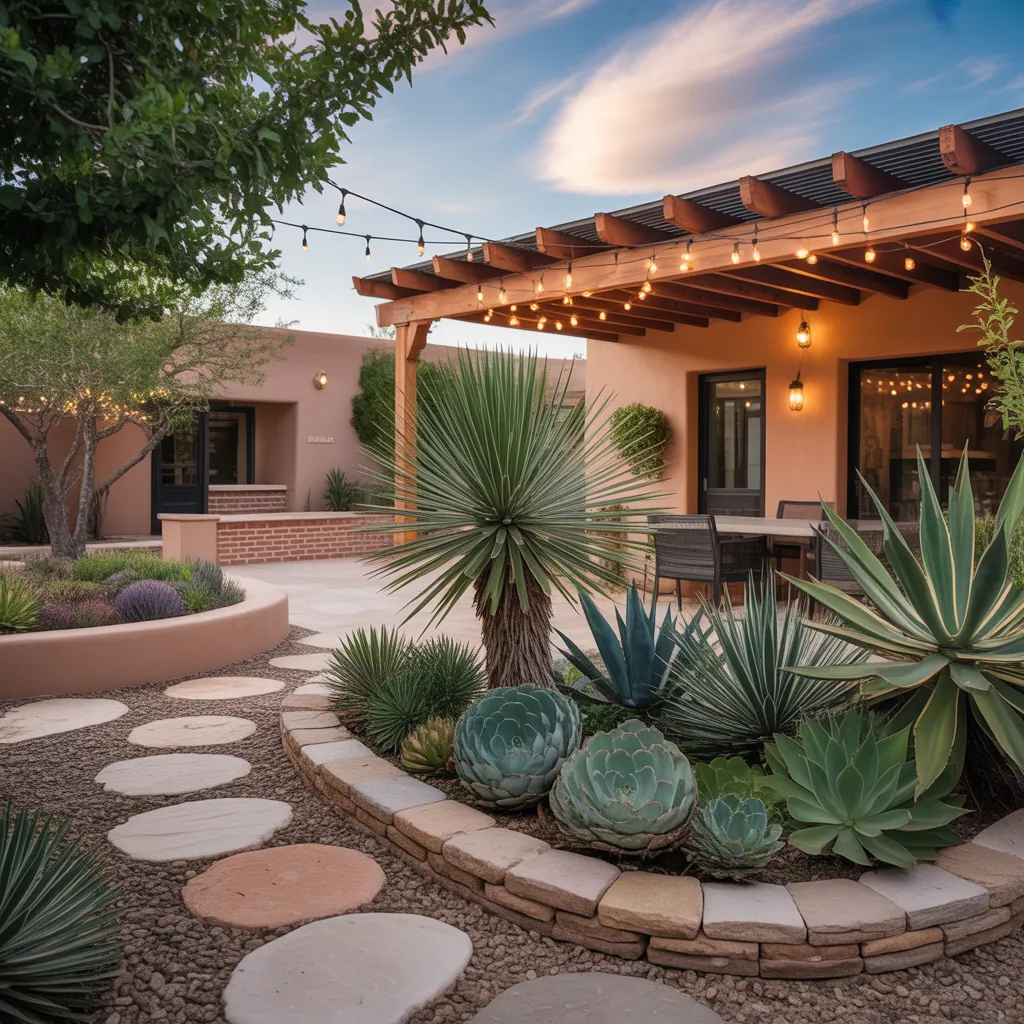Have you ever cleared off a crowded shelf or kitchen counter, only to feel like the room still needs life and personality? Maybe you’ve wanted a low-maintenance indoor garden but worry about watering schedules or pets nibbling plants. If that sounds familiar, a sealed glass garden could be the perfect fix. In this post you’ll find practical, stylish, and beginner-friendly closed terrarium ideas that turn tiny glass containers into lush, self-sustaining miniature worlds.
Why a Closed Terrarium Is a Great DIY Upgrade
Closed terrariums (also called sealed terrariums or glass gardens) are essentially miniature ecosystems. With the right plants, drainage, and light, they recycle moisture and require very little hands-on care. That makes them ideal for busy homeowners, apartment dwellers, or anyone wanting a touch of green without a weekly chore list. Plus, building one is a rewarding DIY project that doubles as home décor.
Materials You’ll Need: A Simple Shopping List
- Clear glass container with a lid (jar, apothecary, aquarium, or geometric terrarium)
- Small pebbles or gravel for drainage
- Activated charcoal (keeps water fresh and reduces odors)
- Potting mix suitable for indoor plants and moisture-loving species
- Plants: moss, small ferns, fittonia, baby tears, and small peperomias
- Decorative elements: small stones, miniature figurines, bark pieces
- Tools: long tweezers, small scoop, spray bottle for misting
Step-by-Step: How to Make a Closed Terrarium
Follow these steps to build a healthy, attractive sealed terrarium that will thrive with minimal maintenance.
- Clean the container: Wash and dry the glass thoroughly to avoid introducing pathogens.
- Layer drainage: Add a 1–2 inch layer of pebbles or gravel to the bottom to prevent waterlogging.
- Add charcoal: Sprinkle a thin layer of activated charcoal over the pebbles to filter the water and keep odors down.
- Place the soil: Add a layer of potting mix deep enough for your plants’ root systems. Create gentle contours for interest.
- Plant arrangement: Use tweezers to position moss and small plants. Group taller plants in the back, low groundcovers in front.
- Water lightly: Mist the soil so it’s damp but not soggy. Closed terrariums recycle moisture, so less is more.
- Seal and place: Close the lid and place your terrarium in bright, indirect light. Avoid direct sunlight which can overheat the glass.
- Observe and adjust: Look for condensation. A light fog is normal; if there’s heavy water pooling, open the lid for a few hours to let it dry a bit.
Design Inspiration: 10 Closed Terrarium Ideas
1. Mini Monstera Corner
Use a small Monstera adansonii cutting, moss, and a piece of decorative wood. This creates a jungle vibe for a bookshelf or entry table.
2. Mossy Zen Garden
Choose different moss textures, white sand accents, and a tiny bamboo figurine for a calming desktop display.
3. Fairy Tale Forest
Mix dwarf ferns and baby tears with tiny mushroom or fairy figurines to make a whimsical miniature scene—great as a gift or kids’ project.
4. Tropical Lush Jar
Plant fittonia, small ferns, and a creeping peperomia for a humid, tropical microclimate that loves low light.
5. Geometric Modern
Use a geometric glass terrarium and keep the palette monochrome—dark pebbles, pale moss, and a single sculptural plant for a contemporary look.
6. Antique Fishbowl Revival
Repurpose an old fishbowl as a retro terrarium with layered stones, charcoal, and a mix of slow-growing greens.
7. Hanging Globe Terrarium
Use a hanging glass globe to float a tiny world in a sunroom; perfect for trailing moss and delicate plants.
8. Office Low-Light Cube
Fill a small cube with baby tears and moss for a desk-friendly option that tolerates fluorescent lighting.
9. Miniature Herb Display
While most culinary herbs prefer open air, a single cut-and-come-again herb like baby basil can work briefly in a sealed jar—monitor closely and open occasionally.
10. Seasonal Terrarium Scene
Change out tiny accents seasonally—pine cones in winter, tiny painted eggs in spring—to keep the display fresh without replanting.
Practical Tips and Troubleshooting
- Best plants for closed terrariums: Choose moisture-loving, slow-growing plants like ferns, mosses, fittonias, and small peperomias.
- Avoid succulents: Succulents hate high humidity—use open terrariums instead.
- Lighting: Bright, indirect light is ideal. East or north-facing windows work well; avoid midday sun through glass.
- Humidity and condensation: A little condensation is healthy. If the glass is constantly dripping, open the lid for a few hours to reduce moisture.
- Mold and algae: Remove affected leaves, reduce watering, and increase light a bit. Activated charcoal helps prevent these issues.
- Pruning: Trim back plants that outgrow the space to keep the ecosystem balanced.
Closed Terrarium Ideas for Different Rooms
Match the style of your terrarium to the room: a modern geometric terrarium for the living room, a calming moss terrarium for the bedroom, or a compact cube for the office. Closed terrariums work well on shelves, coffee tables, and even in bathrooms where humidity is naturally higher.
Frequently Asked Questions
Q: How often should I water a closed terrarium?
A: Very rarely. After the initial misting, closed terrariums often need no additional water for weeks or months. Check for heavy condensation or pooling; if the soil looks dry and there’s little internal moisture, mist lightly. Less is better—overwatering is the most common mistake.
Q: Can I keep succulents in a closed terrarium?
A: Generally no. Succulents prefer dry, airy conditions and will rot in high humidity. If you want to grow succulents, choose an open terrarium or shallow dish with excellent drainage.
Q: What do I do if mold appears?
A: Remove any moldy leaves or soil immediately, open the terrarium for a day to reduce humidity, and trim overcrowded plants to improve airflow. Replace any heavily contaminated soil and add fresh activated charcoal to the drainage layer.
Final Thoughts and Next Steps
Closed terrarium ideas offer a low-maintenance, high-impact way to bring nature indoors. Whether you’re refreshing a shelf, starting a weekend DIY project, or creating a thoughtful handmade gift, a sealed terrarium can be both beautiful and surprisingly self-sufficient. Try one of the designs above this weekend—start simple, observe, and enjoy the tiny ecosystem you create. For more hands-on inspiration, check out other DIY projects and explore broader home design ideas to integrate your terrarium into a cohesive room look.
Ready to pick a jar and get started? Gather your materials, choose a theme, and make your first closed terrarium today—then share your results or ask for tips in the comments below!



